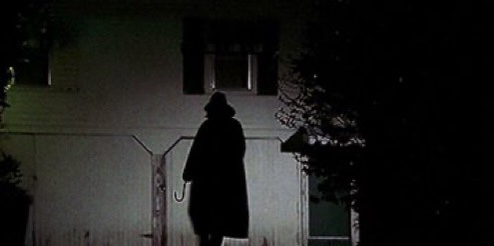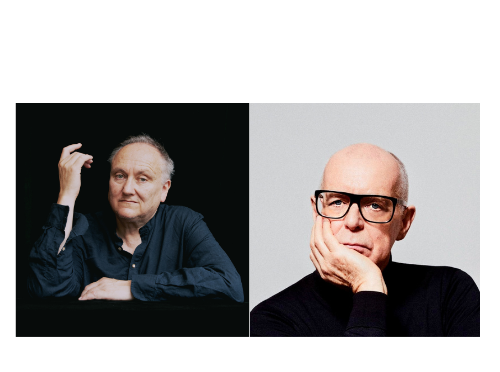The history of horror movies: Expert brushes the cobwebs off a century of cinematic gore

Our obsession with telling tales that scare us seems as popular today as it ever was; modern-day authors such as Stephen King, who has sold more than 400 million books worldwide, and hit podcasts Deadhouse, Uncanny and The Battersea Poltergeist, show us that horror is not going out of fashion.
But no outlet for horror seems to have captured our hearts quite like film. Since the birth of cinema in 1895, horror movies have entertained thrill-seekers and cushion-cuddlers alike. Last year alone, A Quiet Place Part II was the highest-grossing horror with a worldwide revenue of $297.4 million. What’s more, horror currently ranks at 6 on the market share chart.
But how has this genre become so popular? To understand how film became the heavyweight in telling scary stories, we first need to look back says Dr Cecilia Sayad, Senior Lecturer in Film at the University of Kent:
‘When horror hit the big screen over 100 years ago monsters were the main source of inspiration for movie-makers; Murnau’s Nosteratu and Dreyer’s Vampyr are key moments in the great age of monster movies, and are often considered trailblazers in horror genre. The silent movie trend was then developed in the 1930s with horror films like Frankenstein, The Invisible Man, Bride of Frankenstein, Dracula, and then again in the 1940s with Wolfman and Cat People. You only need to look at King Kong (1933) and Godzilla (1954) to understand how big the theme was for the first half of the cinematic era.
‘But each of the decades in cinema history can be marked, in the U.S. more specifically, by different types of horror films. Horror in the 1950s was more about the fun of being scared, and targeted a young, mainly teenage audience. The decade saw the rise of gimmick horror films by William Castle, which included events taking place at the cinema during the projection of movies: skeletons floating over the audience, vibrating motors placed under the seats, activated in specific moments of the film, stunts such as performers faking faints or selling ‘death-by-fright’ insurance policy at the entrance.
‘The 1960s saw the growth of ‘adult’ horror, with the introduction of darker themes such as incest and sexually motivated violence – as seen in Psycho and Peeping Tom, for example. Graphic violence and political themes were also a key feature in horror movies in this decade, but this became even more prominent in the 70s with movies such as The Last House on the Left, The Exorcist, The Texas Chainsaw Massacre.
‘The 80s can be considered as the decade of the slasher, with the 1978 film Halloween setting the trend for Friday the 13th and its many sequels. While the 90s saw a number of so-called postmodern horror films like the Scream franchise, which set the tone for self-reflexive parodies of older films.
‘The noughties saw the rise of torture porn (Hostel) and the found-footage horror film, set with Blair Witch Project (1999), but picked up by Paranormal Activity and its many sequels in the 2010s.
‘Today, one important trend in contemporary horror is the display of new technologies and social media; films like Unfriended, Host, Hacked really tap into modern-day technology and we also see a vast amount of found-footage horror (or faux documentary horror). There is also a return to the haunted house film and some nostalgia for 70s horror in the Conjuring and Insidious franchises, for example.’
Despite all the blood, gore, and truly terrifying scenes we see in horror films, every year we celebrate all things macabre during October by settling down to watch something spooky or by paying homage to our favourite ghoulish film through costume. To explain why we keep coming back for more, Dr Sayad adds:
‘There is a tradition of reading horror films as allegorical and sometimes direct forms of sociopolitical commentary, like Jordan Peele’s films such as Get Out and US. Horror films can be more or less political. Romero’s Night of the Living Dead is less openly political than the sequel Dawn of the Dead, but is seen as an allegory of the anxieties around the Vietnam War and the Civil Rights struggles. Because horror films tend to address our subconscious fears and anxieties, they are often considered to be symptomatic of the society that produces them.
‘If we look at the current horror films, series and podcasts out there, one thing that strikes us is how rich and varied the genre is, which is probably one of the things that make is so popular and appealing to audiences. Horror films deal with primal fears and anxieties, so its monsters just stay with us, and films incessantly recycle old themes: haunted houses, demonic possessions, serial killers, even classics like Dracula and Frankenstein keep making the fabric of horror tales for many decades.’
Dr Cecilia Sayad is a Senior Lecturer in Film, and the author of The Ghost in the Image: Technology and Reality in the Horror Genre (Oxford UP, 2021), Performing Authorship: Self-Inscription and Corporeality in the Cinema (I.B. Tauris, 2013) and the Portuguese-language O jogo da reinvenção: Charlie Kaufman e o lugar do autor no cinema (Alameda, 2008). With Mattias Frey, she co-edited Film Criticism in the Digital Age (Rutgers UP, 2015). She has published articles in academic journals such as Screen, Cinema Journal, Film Quarterly, Framework and the Journal of Film and Video, among others. Her ‘Found-Footage Horror and the Frame’s Undoing’ won the award for Best Journal Article by the British Association of Film, Television and Screen Studies (BAFTSS) in 2017.






